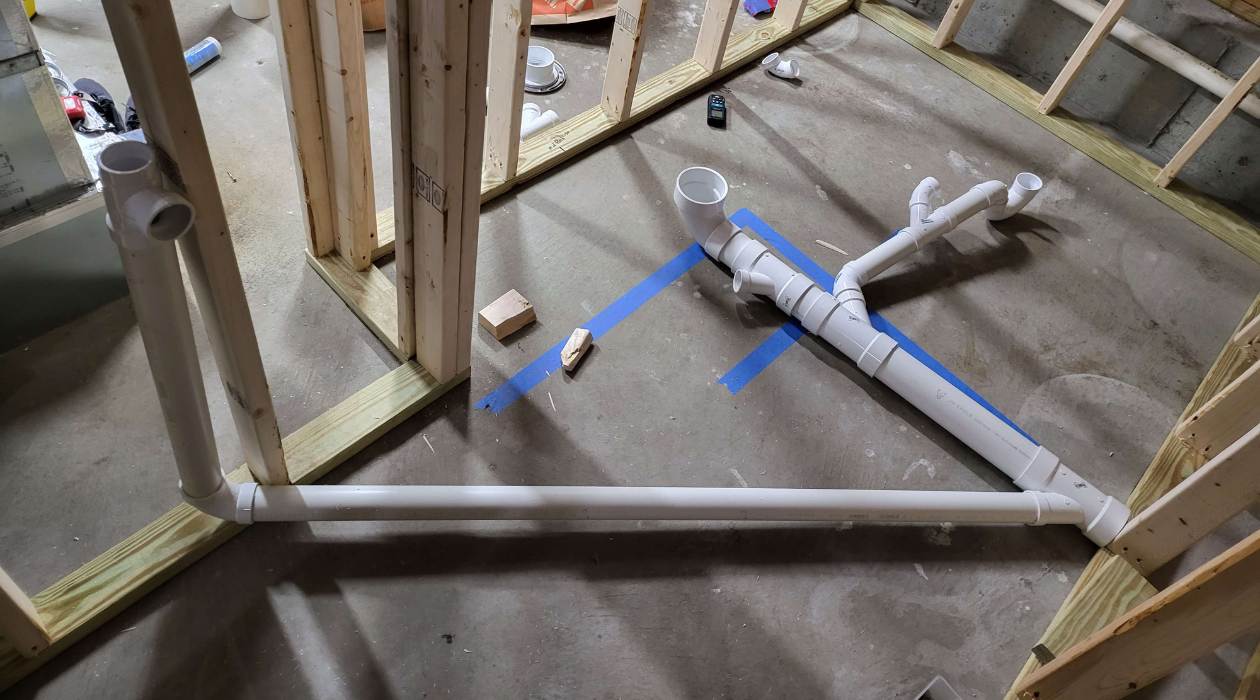

Articles
How To Do Basement Plumbing
Modified: May 6, 2024
Learn the essentials of basement plumbing with our informative articles. Discover expert tips and tricks to successfully tackle plumbing projects in your basement.
(Many of the links in this article redirect to a specific reviewed product. Your purchase of these products through affiliate links helps to generate commission for Storables.com, at no extra cost. Learn more)
Introduction
Welcome to the world of basement plumbing! If you’re planning to finish your basement or simply need to update the plumbing system in your existing basement, this article will guide you through the process step-by-step. Whether you’re a seasoned DIY enthusiast or tackling a project like this for the first time, we’ve got you covered.
Basement plumbing is a crucial aspect of any home’s infrastructure. It involves the installation of drainage pipes, water supply lines, and ventilation systems in the lowermost part of the house. Having a properly functioning basement plumbing system ensures efficient drainage, water supply, and sewage disposal, which is essential for maintaining a healthy and functional living space.
In this article, we’ll provide an overview of basement plumbing, discuss the necessary tools and materials, and walk you through the key steps for installation. Additionally, we’ll cover some common issues that may arise during the process and offer troubleshooting tips to help you overcome them.
So, whether you’re looking to add a bathroom, a laundry room, or a wet bar in your basement, or simply need to upgrade your existing plumbing system to meet your growing needs, let’s dive in and explore the world of basement plumbing!
Key Takeaways:
- Proper planning, precise execution, and adherence to local building codes are essential for successful basement plumbing installation. From layout design to testing, attention to detail ensures a reliable and efficient system.
- Troubleshooting common issues such as leaks, clogs, and low water pressure is crucial for maintaining a well-functioning basement plumbing system. Prompt attention to these issues ensures long-term reliability and functionality.
Overview of Basement Plumbing
Basement plumbing encompasses the installation of drainage and water supply systems in the lower level of a building. This includes pipes, fittings, fixtures, and appliances that facilitate the flow of water and waste in and out of the basement. Properly designed and installed basement plumbing is crucial for the functionality and efficiency of the entire plumbing system in your home.
The main components of a basement plumbing system include drainage pipes, water supply lines, and ventilation systems. Drainage pipes carry wastewater away from the basement into the main sewer or septic system, while water supply lines provide fresh water for various fixtures and appliances. Ventilation systems help to ensure proper air circulation and prevent the build-up of harmful gases.
When planning the layout for your basement plumbing, it’s important to consider the location and purpose of different areas. For example, if you’re adding a bathroom in the basement, you’ll need to determine the optimal position for the toilet, sink, and shower. Similarly, for a laundry room, you’ll need to plan the placement of the washing machine and utility sink.
Basement plumbing installations require careful consideration of local building codes and regulations. It’s essential to obtain the necessary permits and ensure the plumbing work complies with all applicable standards. If you’re uncertain about any aspect of the installation, it’s recommended to consult a professional plumber to ensure the job is done correctly.
Now that we have a basic understanding of what basement plumbing involves, let’s move on to the tools and materials you’ll need to get started.
Required Tools and Materials
Before you start your basement plumbing project, it’s important to gather all the necessary tools and materials. Having the right equipment on hand will not only make the installation process smoother but also ensure the quality and durability of your plumbing system. Here’s a list of the essential tools and materials you’ll need:
1. Pipe cutter: This tool is used to cleanly cut through different types of pipes, including PVC, copper, and PEX.
2. Adjustable wrench: An adjustable wrench is essential for tightening and loosening nuts and fittings.
3. Plunger: A plunger is a handy tool for unclogging drains and toilets.
4. Pliers: Pliers come in various shapes and sizes and can be used for gripping, twisting, and cutting pipes and fittings.
5. Pipe wrench: Pipe wrenches are used for gripping and turning pipes and fittings with a circular shape.
6. Measuring tape: Accurate measurements are crucial when planning and installing plumbing systems. A measuring tape will help you ensure precise pipe lengths and positions.
7. Hacksaw: A hacksaw is useful for cutting through pipes and other materials during the installation process.
8. Teflon tape: Teflon tape is used to create watertight seals on threaded connections.
9. Plumbing fittings and connectors: Depending on your specific needs, you’ll require a variety of fittings and connectors to join pipes together.
10. PVC glue: If you’re working with PVC pipes, PVC glue is necessary to create strong and leak-proof connections.
11. Drainage pipes: These pipes carry wastewater away from the basement to the main sewer or septic system. PVC pipes are commonly used for this purpose.
12. Water supply pipes: Water supply pipes deliver fresh water to fixtures and appliances in the basement. Copper and PEX pipes are commonly used for water supply lines.
It’s important to note that the specific tools and materials needed may vary depending on the scope of your basement plumbing project. Additionally, it’s always a good idea to have safety equipment such as gloves and safety glasses to protect yourself during the installation process.
With your tools and materials ready, let’s move on to the step-by-step process for installing basement plumbing.
Steps for Basement Plumbing Installation
Installing basement plumbing requires careful planning and precise execution. By following these steps, you can successfully install a functional and efficient plumbing system in your basement:
- Planning the Plumbing Layout: Start by creating a detailed plan of your basement plumbing layout. Consider the location of fixtures, appliances, and main drainage lines. Ensure the layout complies with local building codes and regulations.
- Digging Trenches for Drainage Pipes: Use a shovel to dig trenches in the basement floor for the main drainage pipes. Ensure the trenches slope downward to provide proper drainage.
- Installing Main Sewer Line: Connect the main sewer line to the existing sewer or septic system. Use proper fittings and connectors to ensure a secure and watertight connection.
- Setting Up Ventilation System: Install ventilation pipes to allow proper air circulation and prevent the buildup of harmful gases. Connect the ventilation pipes to an existing vent stack or create a new vent if needed.
- Installing Water Supply Lines: Determine the optimal placement for water supply lines and install them using the appropriate material (copper, PEX, etc.). Connect the supply lines to the main water source or existing supply lines.
- Connecting Fixtures and Appliances: Install fixtures such as toilets, sinks, showers, and appliances like washing machines and utility sinks. Use the appropriate connectors and fittings to ensure proper connections.
- Testing the Plumbing System: Once the installation is complete, test the plumbing system for any leaks or issues. Turn on all fixtures and check for proper drainage, water flow, and functionality.
Throughout the installation process, it’s important to refer to your detailed plan, follow manufacturer’s instructions for specific products, and consult a professional plumber if you encounter any difficulties or uncertainties.
Keep in mind that basement plumbing installation can be a complex task, especially for those without prior plumbing experience. It’s always recommended to seek professional assistance if you’re unsure about any aspect of the project.
Now that you have a clear understanding of the installation process, let’s move on to some common issues and troubleshooting tips that you may encounter during your basement plumbing project.
Planning the Plumbing Layout
Planning the plumbing layout is a critical first step in the basement plumbing installation process. It involves carefully designing the placement of fixtures, appliances, and main drainage lines to ensure optimal functionality and compliance with building codes. Here’s a step-by-step guide to help you with the planning phase:
- Assess your Plumbing Needs: Determine the purpose of your basement space and identify the plumbing fixtures and appliances you want to install. Common basement plumbing installations include bathrooms, laundry rooms, wet bars, and utility sinks.
- Measure the Space: Take accurate measurements of your basement to determine the available space and identify any constraints or obstacles that may impact the plumbing layout.
- Create a Floor Plan: Sketch out a floor plan of your basement, including existing walls, windows, and doors. This will help you visualize the layout and placement of fixtures.
- Consider Plumbing Codes and Regulations: Familiarize yourself with the plumbing codes and regulations specific to your area. For example, you may need to follow guidelines for minimum distance between fixtures, proper venting, and required pipe sizes.
- Locate Existing Plumbing: Identify the location of existing plumbing lines in your basement. This will help you plan the connection points for your new plumbing system and avoid interference with existing infrastructure.
- Designate a Main Drainage Line: Determine the path for your main drainage line, which will carry wastewater away from the basement. This line should have a downward slope to allow gravity to assist in the drainage process.
- Position Fixtures and Appliances: Decide where you want to place fixtures such as toilets, sinks, and showers, as well as appliances like washing machines and utility sinks. Consider convenience, ease of access, and plumbing requirements when determining their positions.
- Plan Water Supply Lines: Identify the best routes for your water supply lines. Take into account the proximity to existing water sources and any necessary connections or modifications to the main water supply in your home.
- Account for Ventilation: Ensure proper ventilation by planning for ventilation pipes that will connect to existing vent stacks or create new vents for the basement plumbing system. Ventilation pipes are essential for preventing the buildup of harmful gases and facilitating proper airflow.
During the planning phase, it’s crucial to consult with a professional plumber or adhere to local plumbing codes and regulations to ensure the safety and functionality of your basement plumbing system. By carefully considering all these factors, you can create a well-designed plumbing layout that meets your specific needs.
Once you’ve completed the planning phase, you can move on to the next step: digging trenches for drainage pipes.
Read more: How To Do Pex Plumbing
Digging Trenches for Drainage Pipes
After planning the layout of your basement plumbing system, the next step is digging trenches for the drainage pipes. These trenches will house the pipes that will carry wastewater away from your basement. Follow these steps for digging trenches effectively:
- Mark the Path: Use chalk or spray paint to mark the path of the drainage pipes on the floor of your basement. This will serve as a guide while digging the trenches.
- Get the Right Tools: Equip yourself with a shovel, a spade, and a pickaxe. These tools will help you break through the concrete floor and dig the trenches.
- Wear Proper Safety Gear: Prioritize your safety by wearing protective gloves, safety goggles, and a dust mask to shield yourself from dust, debris, and potential hazards.
- Start Digging: Position yourself at one end of the marked path and start breaking through the concrete floor using the pickaxe. Work systematically to break the concrete slab into manageable pieces. Use the shovel and spade to clear away the debris.
- Create the Trenches: Once you’ve removed the concrete, dig the trenches to the required depth and width. The depth will depend on the local plumbing codes and the diameter of the drainage pipes you’re using. Typically, a depth of 18-24 inches is sufficient for residential basements.
- Slope the Trenches: Ensure that the trenches slope downward for proper drainage. Follow the general rule of a 1/4 inch drop in elevation for every foot of horizontal distance. This slope allows the wastewater to flow smoothly towards the main sewer or septic system.
- Remove Any Obstacles: While digging the trenches, you may come across obstacles like rocks or tree roots. Remove these obstacles to create a clear path for the drainage pipes.
- Compact the Soil: After digging the trenches, use a tamper or a compacting tool to firmly pack the soil in the bottom of the trenches. This helps to create a stable foundation for the pipes.
Remember to refer to your plumbing layout plan and local building codes as you dig the trenches. It’s crucial to ensure proper alignment, spacing, and depth for the drainage pipes. If you encounter any challenges or doubts during this process, consult with a professional or local plumbing inspector for guidance.
With the trenches ready, you can now move on to the next step, which involves installing the main sewer line.
Installing Main Sewer Line
The main sewer line is a crucial component of your basement plumbing system, as it carries wastewater from your basement to the main sewer or septic system. Installing the main sewer line requires careful attention and proper execution. Follow these steps to ensure a successful installation:
- Plan the Path: Refer to your basement plumbing layout plan to determine the path of the main sewer line. Ensure that it aligns with the marked trenches and the slope for proper drainage.
- Gather the Materials: Collect the necessary materials for the main sewer line installation. This typically includes PVC pipes, fittings, connectors, and primer/cement for PVC pipe joints.
- Cut the Pipes: Use a pipe cutter to cut the PVC pipes to the appropriate lengths, following your plumbing layout plan. Ensure clean and straight cuts for proper fitting and alignment.
- Apply Primer and Cement: Before joining the PVC pipes, apply primer on the outside of the pipe and the inside of the fitting. After allowing the primer to dry, apply PVC cement to both surfaces and firmly connect the pieces together. Hold the joint in place for a few seconds to ensure a secure bond.
- Lay the Pipes: Place the connected PVC pipes into the prepared trenches, following the pathway you planned. Ensure that the pipes sit securely on the compacted soil.
- Secure the Joints: Use pipe straps or PVC brackets to secure the pipes at regular intervals, typically every 4-6 feet. This prevents the pipes from shifting or separating over time.
- Fit the Cleanout: Install a cleanout fitting at the appropriate location along the main sewer line. This provides access for maintenance and clearing any blockages that may occur in the future.
- Connect to the Main Sewer or Septic System: When you reach the end of the main sewer line, connect it to the main sewer or septic system using the appropriate fittings and connectors. Ensure a watertight connection to prevent leaks.
- Perform a Leak Test: After completing the main sewer line installation, run water through the system and check for any leaks or signs of water seepage. Fix any leaks immediately to ensure the integrity of the plumbing system.
During the installation process, it’s essential to adhere to local building codes and regulations. If you are unsure about any step or have concerns about the installation, consider seeking the assistance of a professional plumber to ensure the proper functioning of the main sewer line.
With the main sewer line in place, you can now proceed to the next step: setting up the ventilation system.
When doing basement plumbing, make sure to properly insulate pipes to prevent freezing during cold weather. Use foam pipe insulation or heat tape to protect the pipes from freezing and bursting.
Setting Up Ventilation System
Setting up a ventilation system is a crucial aspect of basement plumbing installation. Proper ventilation is essential for maintaining healthy air quality and preventing the buildup of harmful gases. Here are the steps to follow when setting up the ventilation system:
- Determine Ventilation Requirements: Consult local building codes and regulations to understand the ventilation requirements specific to your area. This will help you ensure compliance and proper airflow within your basement.
- Locate Existing Vent Stacks: Identify any existing vent stacks in your home. Vent stacks are vertical pipes that extend through the roof and help to release air and gases from plumbing systems. If possible, connect the basement ventilation system to an existing vent stack to simplify the installation process.
- Create New Ventilation Paths: If there are no existing vent stacks in the vicinity of your basement, you’ll need to create new ventilation paths. This involves installing ventilation pipes that extend from the basement plumbing system to the exterior of your home.
- Determine Ventilation Pipe Sizes: Refer to local building codes to determine the required sizes of the ventilation pipes. Common sizes for residential basements are typically 1 ½ to 2 inches in diameter.
- Plan the Ventilation Routes: Decide on the most efficient routes for the ventilation pipes. Keep in mind the location of fixtures and the path of the main sewer line when planning the routes. Ensure that the ventilation pipes run vertically and are properly angled for adequate airflow.
- Install Ventilation Pipes: Using the determined pipe sizes, connect the ventilation pipes to the plumbing system in the basement. Secure the pipes using appropriate fittings and connectors to ensure a tight and secure connection. Ensure that the pipes are properly angled to facilitate the flow of air.
- Connect to Existing Vent Stack: If you have an existing vent stack, connect the basement ventilation pipes to it using appropriate fittings and connectors. This will help ensure proper air circulation and gas expulsion.
- Create Roof Penetration: If connecting to an existing vent stack is not feasible, you’ll need to create a roof penetration to release the air and gases out of your basement. Consult a professional or local building codes for guidance on proper roof penetration techniques.
- Inspect and Test the Ventilation System: Once the ventilation system is installed, inspect all connections and ensure they are secure and airtight. Test the system by running water through the plumbing system and checking for proper air movement and ventilation.
Proper ventilation is crucial for preventing plumbing system issues, ensuring good air quality, and promoting the overall health and safety of your basement. If you have any doubts or concerns about the setup of the ventilation system, it’s advisable to seek advice from a professional plumber or local building authorities.
With the ventilation system in place, we can now move on to installing the water supply lines in the next step.
Installing Water Supply Lines
Installing water supply lines in your basement is a crucial step in creating a functional plumbing system. These lines will deliver fresh water to the fixtures and appliances in your basement. Follow these steps to ensure a successful installation of water supply lines:
- Determine the Water Source: Identify the main water source in your home from which you will be connecting the water supply lines. This could be an existing water line or the main water supply coming into your home.
- Choose the Right Pipe Material: Decide on the appropriate pipe material for your water supply lines. Copper and PEX (cross-linked polyethylene) are commonly used for residential plumbing, offering durability and ease of installation.
- Plan the Route: Determine the optimal route for your water supply lines. Consider the placement of fixtures and appliances in your basement and choose the most direct and efficient path to ensure proper water flow.
- Cut and Prepare the Pipe: Measure and mark the pipe lengths according to your planned route. Use a pipe cutter to cut the pipe cleanly and ensure accurate measurements. Deburr the cut ends and remove any sharp edges.
- Install Fittings and Connectors: Attach the necessary fittings and connectors to the water supply lines. This may include elbow fittings, tees, and couplings, depending on the layout of your plumbing system. Ensure a secure and watertight connection by following manufacturer instructions and using appropriate tools.
- Connect to the Water Source: If you’re connecting to an existing water line, use the appropriate connectors and valves to join the water supply lines to the water source. Make sure to shut off the main water supply before making any connections.
- Secure the Pipes: Use pipe straps or clips to secure the water supply pipes to the walls or ceiling of your basement. This will prevent the pipes from moving or causing unnecessary tension on the connections.
- Pressure Test: After making all the connections, perform a pressure test to check for any leaks in the system. Close all the valves and pressurize the system using air or water. Inspect all connections for signs of leakage. If any leaks are detected, repair them promptly before proceeding.
Proper installation of water supply lines is crucial for reliable water flow and to avoid any potential leaks or damage. If you are unsure about any aspect of the installation process, it’s advisable to consult with a professional plumber to ensure the job is done correctly and efficiently.
With the water supply lines installed, you can proceed to the next step, which involves connecting the fixtures and appliances in your basement plumbing system.
Read more: How Do Mice Get Into Basement
Connecting Fixtures and Appliances
Connecting fixtures and appliances is the next step in your basement plumbing installation, bringing your plumbing system to life. Follow these steps to properly connect the fixtures and appliances:
- Identify the Fixtures and Appliances: Determine which fixtures and appliances you will be connecting in your basement. This may include sinks, toilets, showers, bathtubs, washing machines, and utility sinks.
- Position the Fixtures and Appliances: Install the fixtures and appliances in their designated locations based on your plumbing layout plan. Ensure that they are level and properly secured.
- Connect the Drainage System: Connect the drainage pipes from the fixtures and appliances to the main sewer line. Use the appropriate fittings and connectors to create secure connections. Ensure that all connections are properly tightened to prevent leaks.
- Install Trap and P-Trap: Connect a trap or P-trap under each fixture. This curved pipe section helps to prevent sewer gases from entering your basement. Ensure proper alignment and use washers and gaskets for watertight connections.
- Connect Water Supply Lines: Connect the water supply lines to the fixtures and appliances. Use the appropriate fittings, such as valves, connectors, and flexible supply lines, to create secure and leak-free connections.
- Test the Connections: Once all the connections have been made, turn on the water supply and test for any leaks. Inspect all connections carefully and tighten any fittings if necessary.
- Check Fixture Functionality: Test each fixture and appliance to ensure they are functioning properly. Check for proper water flow, flushing, and drainage. Make any necessary adjustments or repairs as needed.
It’s crucial to follow the manufacturer’s instructions for each fixture and appliance during installation, as they may have specific guidelines or requirements. Pay close attention to details such as sealant application and recommended torque for connector fittings.
If you encounter any difficulties during the connection process or are unsure about the specific requirements of a fixture or appliance, consider consulting a professional plumber to ensure proper installation and functionality.
With the fixtures and appliances successfully connected, we can now proceed to the final step: testing the entire plumbing system.
Testing the Plumbing System
Testing the plumbing system is a crucial step in basement plumbing installation to ensure its proper functionality and identify any potential issues. Follow these steps to effectively test your plumbing system:
- Close all Fixtures: Ensure that all fixtures, faucets, and valves are fully closed to prevent any water flow during the testing process.
- Fill the System with Water: Open the main water supply valve to fill the plumbing system with water. Allow the water to flow through the pipes until all air is purged from the system.
- Check for Leaks: Visually inspect all connections, joints, and fittings for any signs of leaks. Look for water drips or moisture around the connections and listen for any unusual sounds, such as hissing or running water.
- Test Drainage: Open each fixture individually, such as sinks, showers, and toilets, and check for proper drainage. Ensure that water flows smoothly and without any backups or blockages.
- Inspect Water Pressure: Test the water pressure in each fixture to ensure it is within the acceptable range. Low water pressure can indicate a blockage or a problem with the water supply lines.
- Flush Toilets: Flush all toilets to verify that they are working properly. Check for proper water flow during flushing and ensure that the toilet tank refills correctly.
- Check Sinks and Faucets: Turn on all sinks and faucets to ensure they are delivering water properly. Verify that hot and cold water temperature controls are functioning as intended.
- Run Appliances: If you have connected appliances such as a washing machine or a dishwasher, test their functionality and check for any leaks or malfunctions.
- Verify Air Circulation: Ensure that the ventilation system is functioning properly by inspecting the airflow in the ventilation pipes. Check that there are no blockages or unusual odors.
If you discover any leaks or issues during the testing process, address them promptly. Fix any leaks or faulty connections, adjust water pressure if necessary, and make any required repairs to ensure the system is functioning as intended.
By conducting a thorough test of your plumbing system, you can rest assured that all components are working properly and that your basement plumbing installation is successful.
With the testing complete, you now have a fully functional basement plumbing system that will provide efficient water supply, proper drainage, and a well-ventilated space.
In the next section, we’ll cover some common issues that you may encounter during basement plumbing installation and offer troubleshooting tips to help you resolve them.
Common Issues and Troubleshooting
During basement plumbing installation, you may encounter common issues that can affect the performance of your plumbing system. Here are some potential problems and troubleshooting tips to help you resolve them:
1. Leaks: Leaks are a common plumbing issue. If you notice water dripping from connections or fittings, try tightening them with an adjustable wrench. If the leak persists, you may need to replace the faulty component or seek professional assistance to diagnose and fix the problem.
2. Clogs: Clogged drains can result in slow drainage or backups. Use a plunger or a drain snake to clear minor clogs. For more stubborn clogs, a chemical drain cleaner or contacting a professional plumber might be necessary.
3. Low Water Pressure: If you’re experiencing low water pressure, check the aerators on faucets and showerheads for sediment buildup. Clean or replace them as needed. If the issue persists, it could be a problem with your water supply line or valves, which may require professional attention.
4. Sewer Gas Odors: If you notice unpleasant sewer gas odors, ensure that the P-traps under sinks and floor drains have water in them. This water creates a seal that prevents gas from escaping. If the odor persists, check for damaged or improperly installed vent pipes and consult a plumber for further assistance.
5. Water Hammer: Water hammer is a loud knocking noise that occurs when water suddenly shuts off. It is caused by a pressure surge in the pipes. Install water hammer arrestors or adjust water pressure regulators to mitigate this issue and protect your plumbing system from potential damage.
6. Inadequate Ventilation: Insufficient ventilation can lead to unpleasant odors, moisture buildup, and potential health hazards. Ensure that all ventilation pipes are properly installed, adequately sized, and extending to the exterior of your home. Consult with a professional plumber if you have concerns about the ventilation system.
7. Frozen Pipes: In colder climates, frozen pipes can be a concern. Insulate exposed pipes and apply heat tape to prevent freezing. If pipes do freeze, use warm air devices or consult a professional plumber to safely thaw them and minimize the risk of bursts or leaks.
8. Faulty Fixtures or Appliances: If fixtures or appliances are not functioning properly, refer to the manufacturer’s instructions and troubleshoot accordingly. It may involve checking water supply connections, valves, or contacting the manufacturer’s customer service for assistance.
Remember that safety should always be a priority, and if you are uncertain about how to resolve a plumbing issue, it’s advisable to consult a professional plumber. They have the expertise and experience to diagnose and fix complex problems that may arise during or after basement plumbing installation.
By understanding and being prepared for these common issues, you can troubleshoot and address them promptly, ensuring the efficient and reliable operation of your basement plumbing system.
Now that we have covered common issues and troubleshooting tips, let’s conclude our comprehensive guide to basement plumbing installation.
Conclusion
Congratulations on completing your basement plumbing installation! By following the steps outlined in this guide and troubleshooting the common issues that may arise, you have successfully set up a functional and efficient plumbing system in your basement.
We explored the importance of proper planning, including creating a plumbing layout, digging trenches for drainage pipes, and installing the main sewer line. Additionally, we discussed the significance of setting up a ventilation system to ensure healthy air circulation. We covered the installation of water supply lines, connecting fixtures and appliances, as well as testing the entire plumbing system to ensure its proper functioning.
Throughout the process, we highlighted the importance of adhering to local building codes, using the right tools and materials, and seeking professional assistance when in doubt. Safety precautions and attention to detail are crucial in creating a reliable and safe basement plumbing system.
Remember, proper maintenance of your basement plumbing system is equally important. Regular inspections, checking for leaks, monitoring water pressure, and attending to any issues promptly will help maintain the integrity and longevity of your plumbing system.
Whether you’ve added a new bathroom, laundry room, or wet bar, or upgraded your existing plumbing system, your basement is now equipped with the necessary plumbing infrastructure to meet your needs and enhance the functionality of your home.
If future remodeling or modifications are planned, consult a professional to ensure the plumbing system can accommodate the changes effectively. They can provide valuable insights and recommendations based on your specific requirements.
We hope this comprehensive guide has provided valuable information and guidance throughout your basement plumbing installation journey. Remember, you can always consult a professional plumber for assistance and guidance specific to your situation. Enjoy your well-plumbed basement and the many benefits it brings!
Now that you've got a handle on basement plumbing, why not ensure your space stays dry and functional? Diving into basement waterproofing will arm you with all the necessary info to prevent water damage, which could save you a headache and hefty repair bills down the road. Don’t wait until you face a soggy disaster; learn how protecting your basement adds value and comfort to your home.
Frequently Asked Questions about How To Do Basement Plumbing
Was this page helpful?
At Storables.com, we guarantee accurate and reliable information. Our content, validated by Expert Board Contributors, is crafted following stringent Editorial Policies. We're committed to providing you with well-researched, expert-backed insights for all your informational needs.
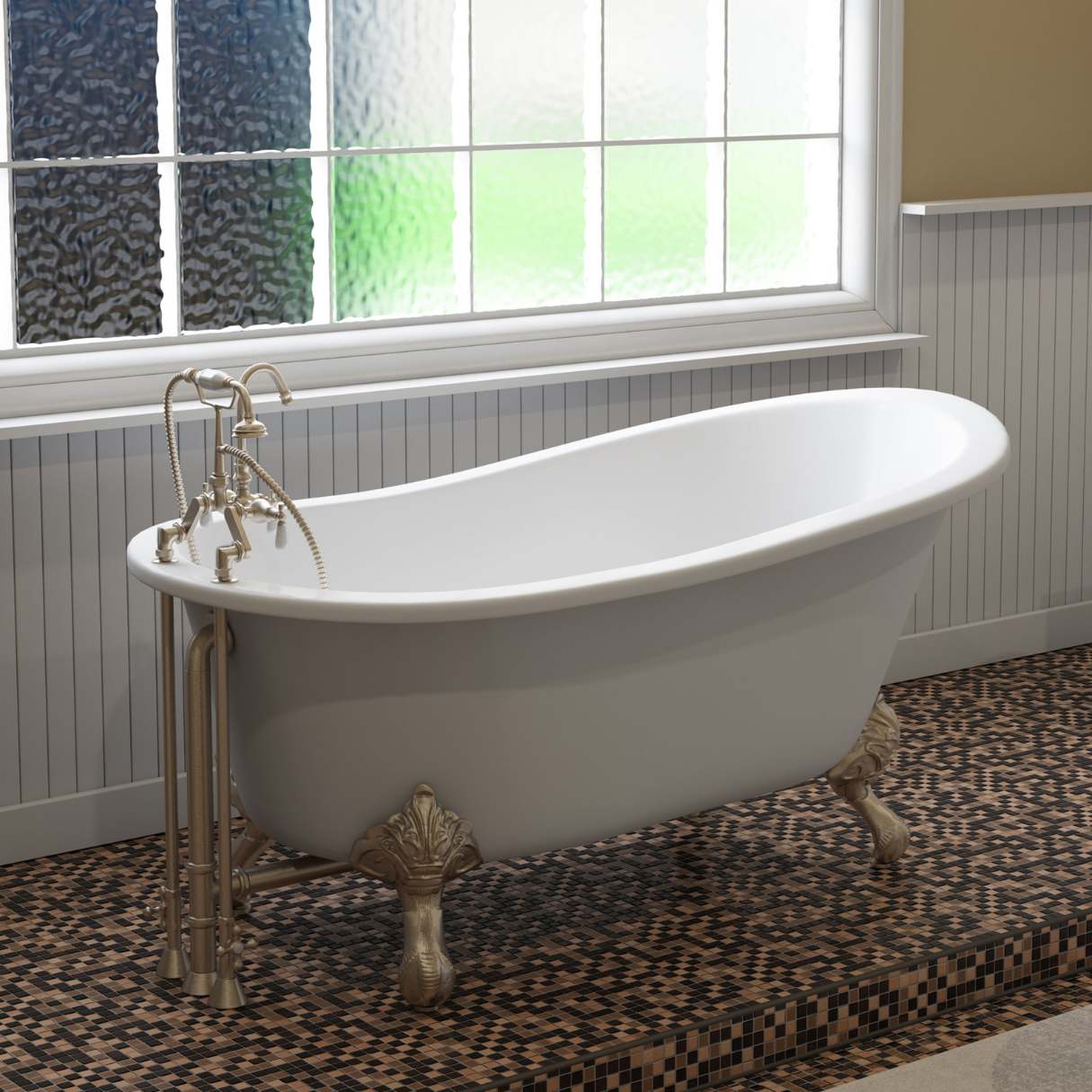
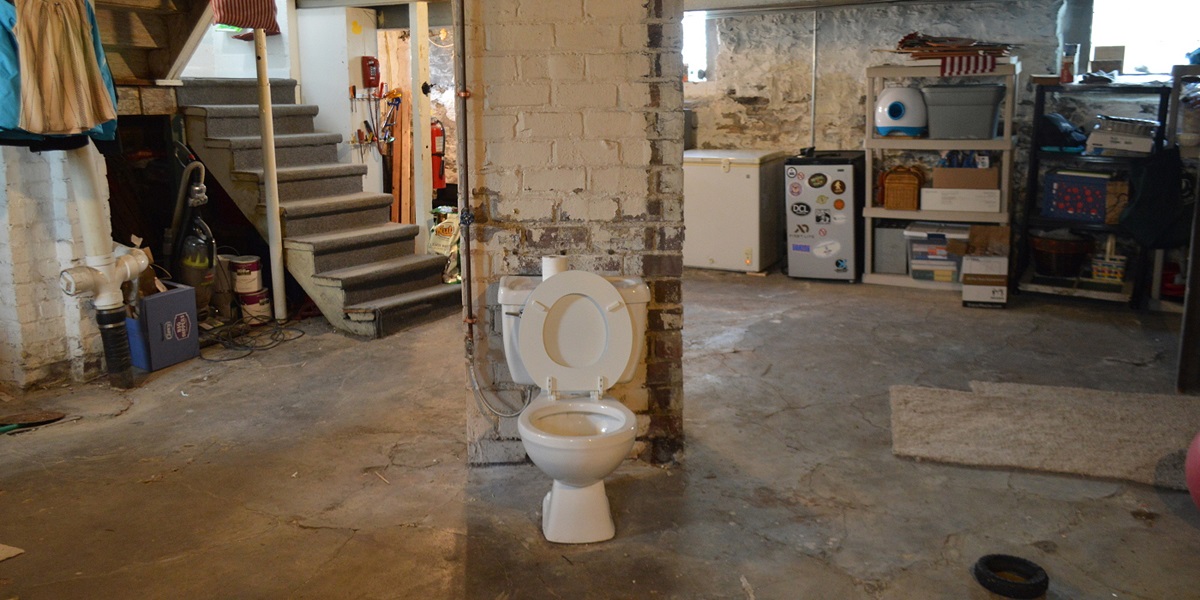
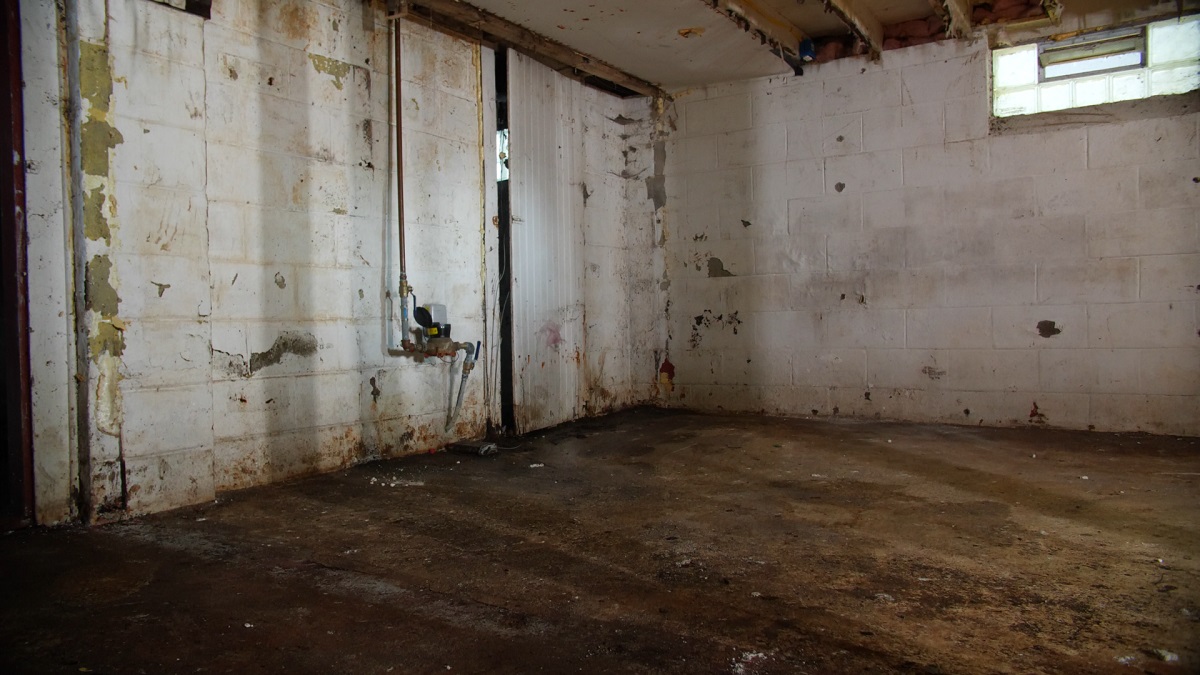
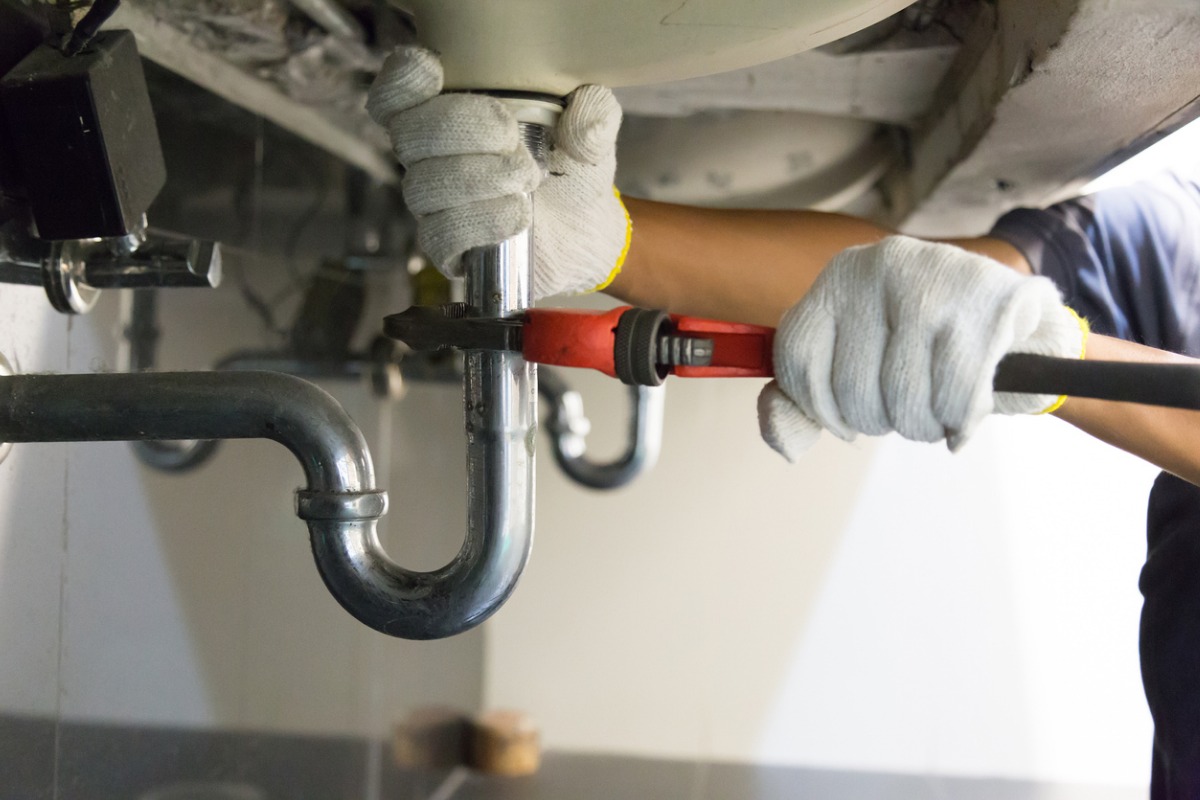
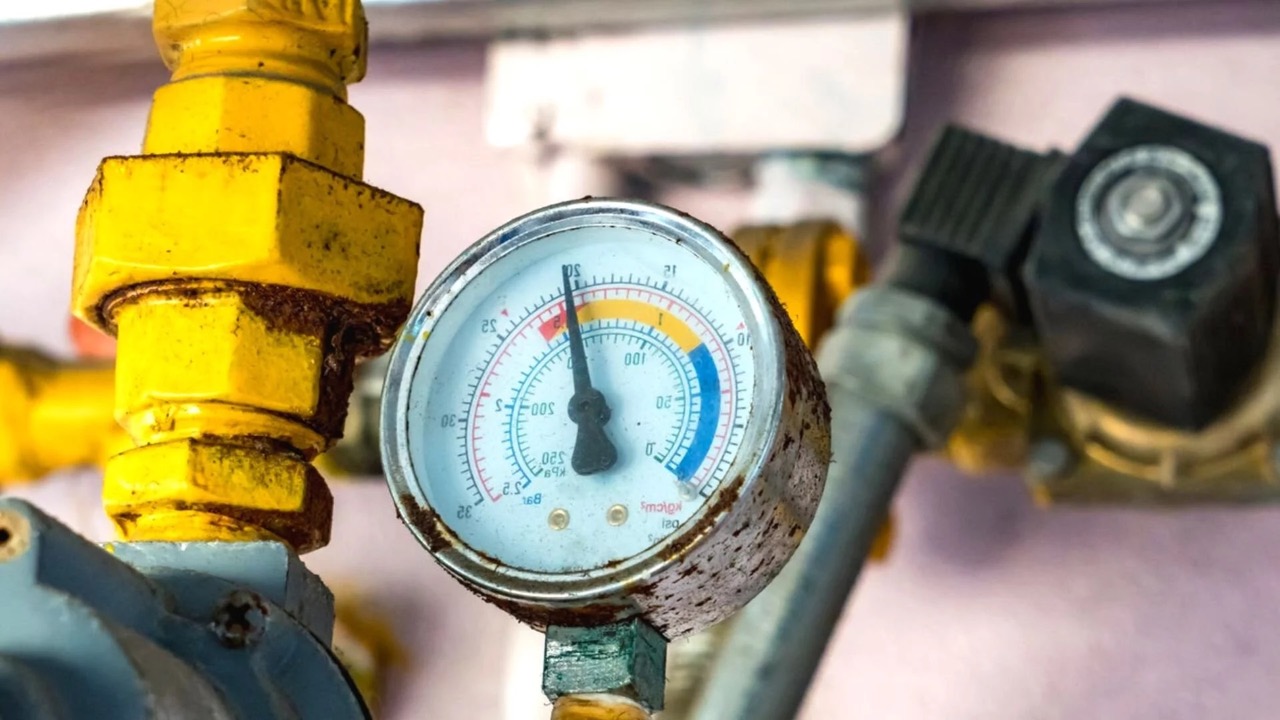
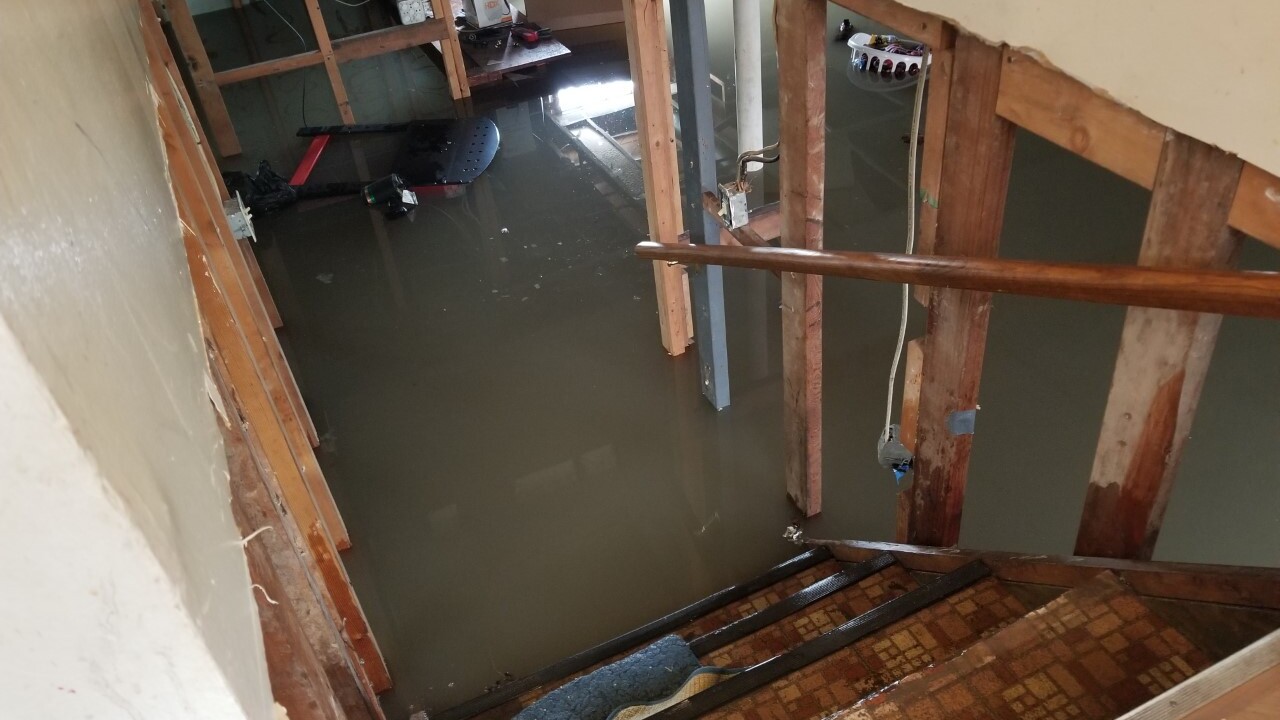
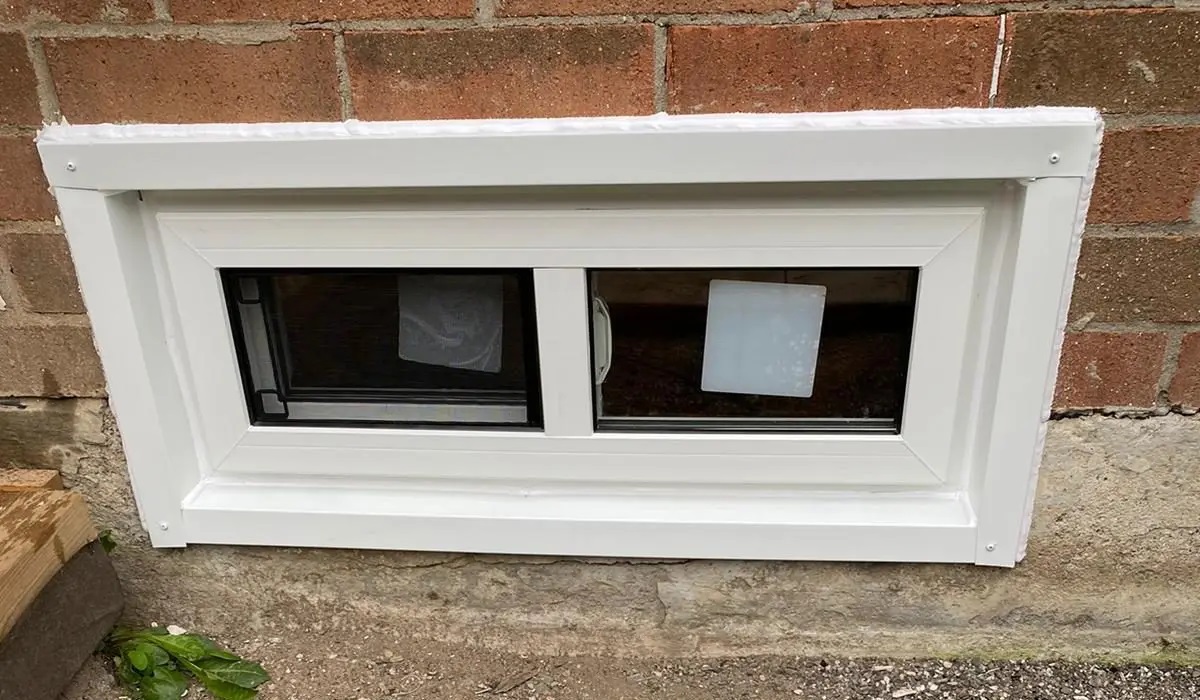
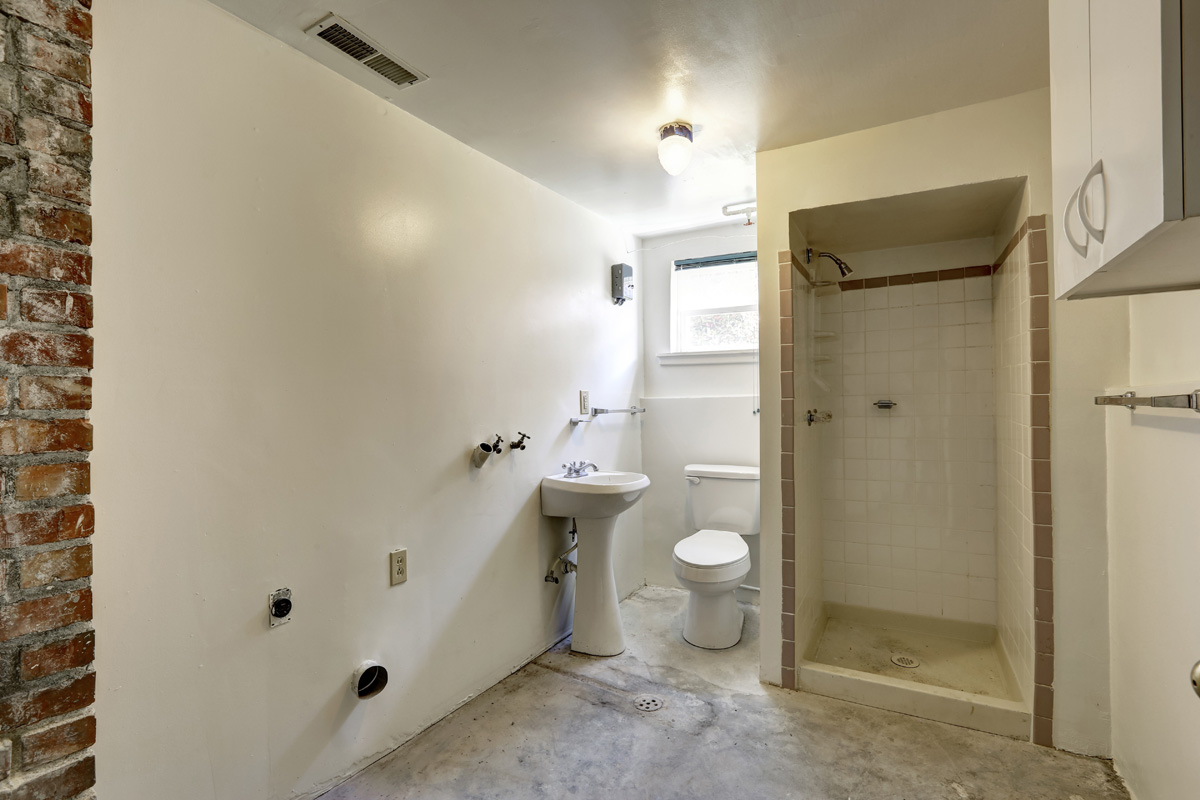
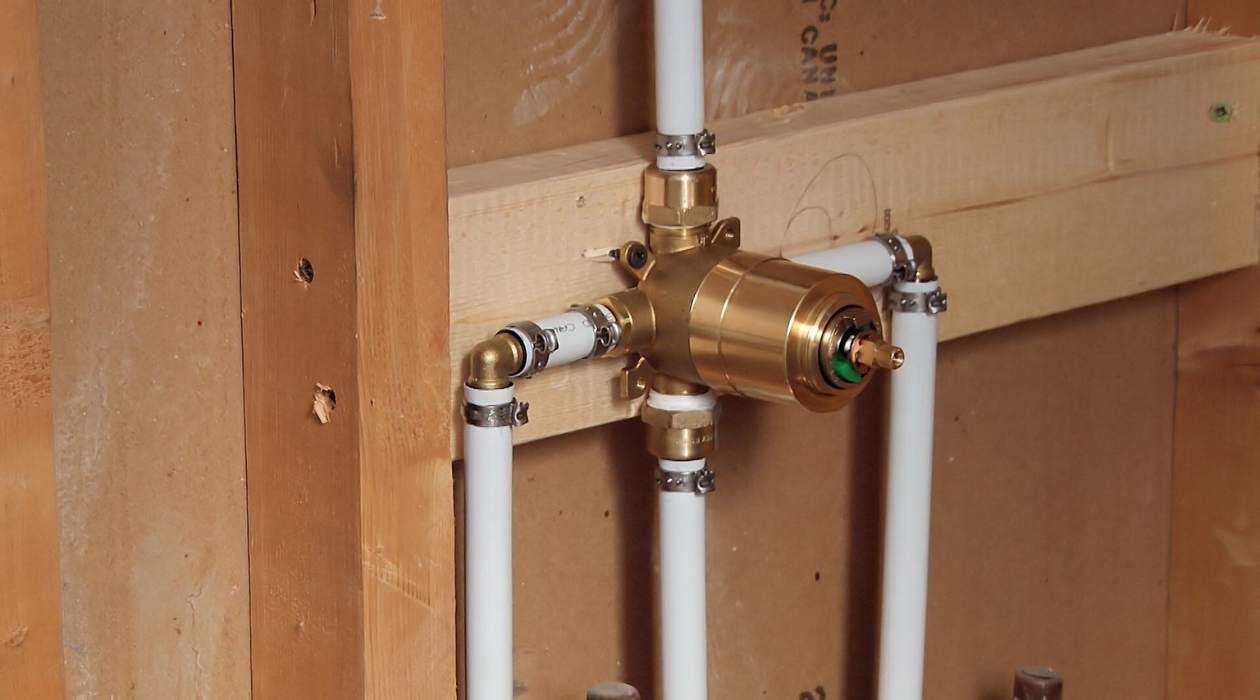
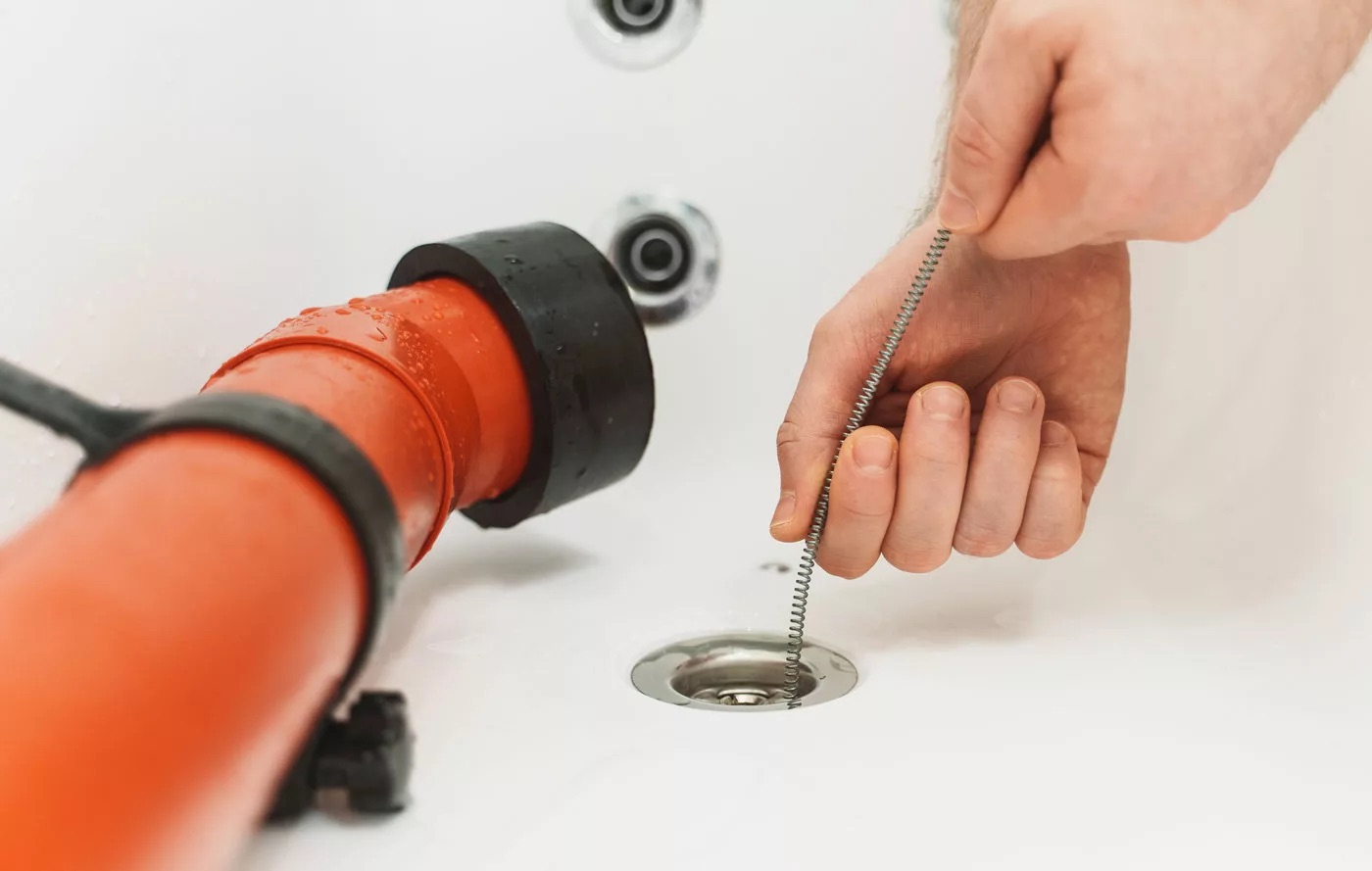
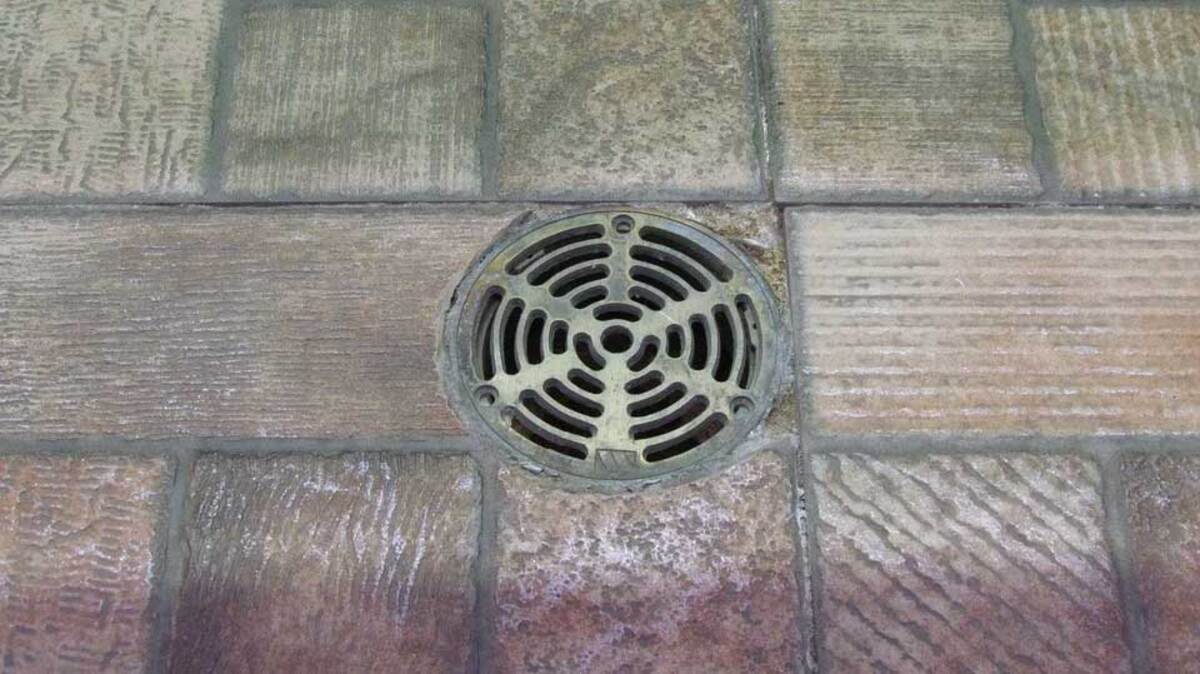
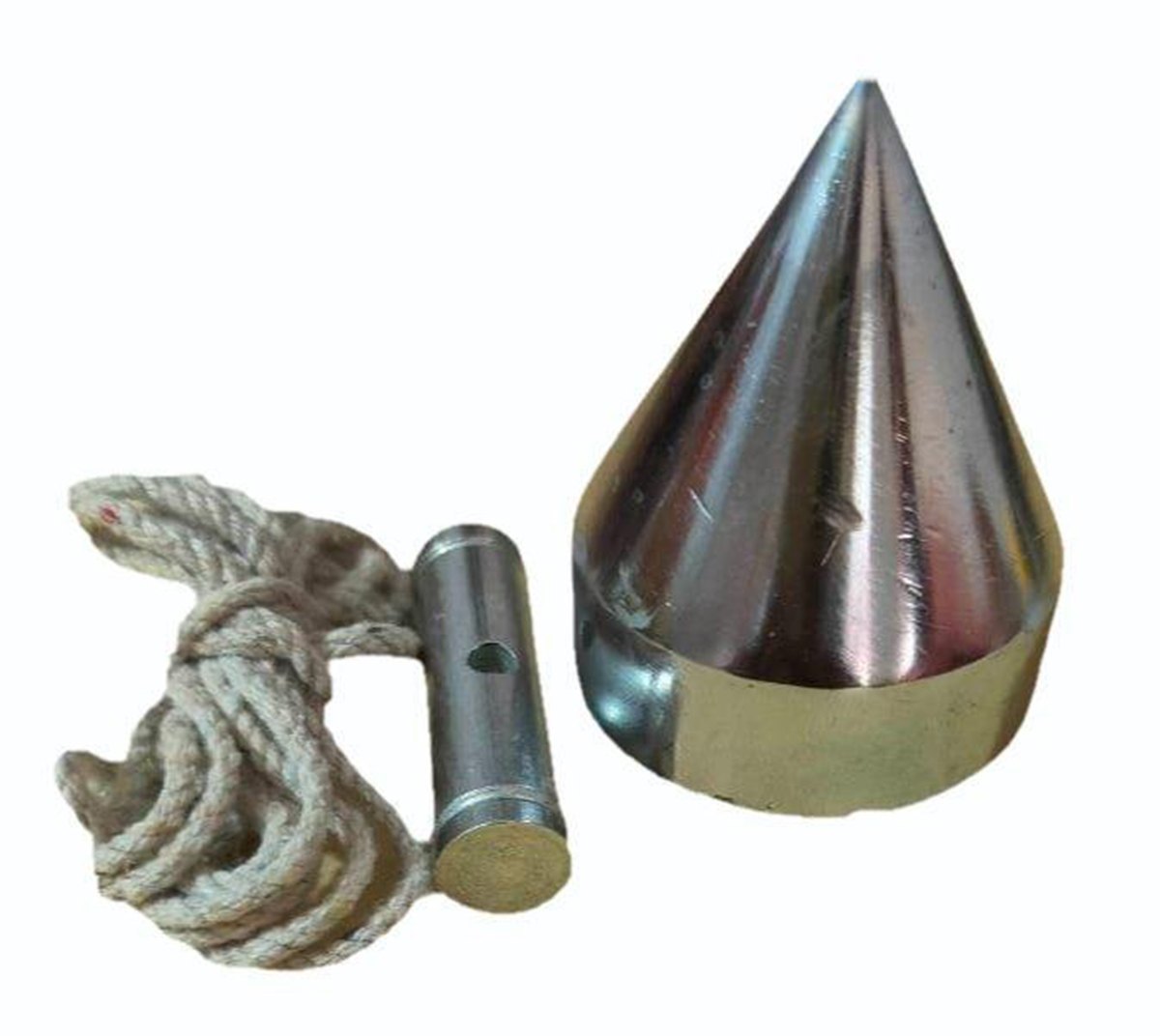
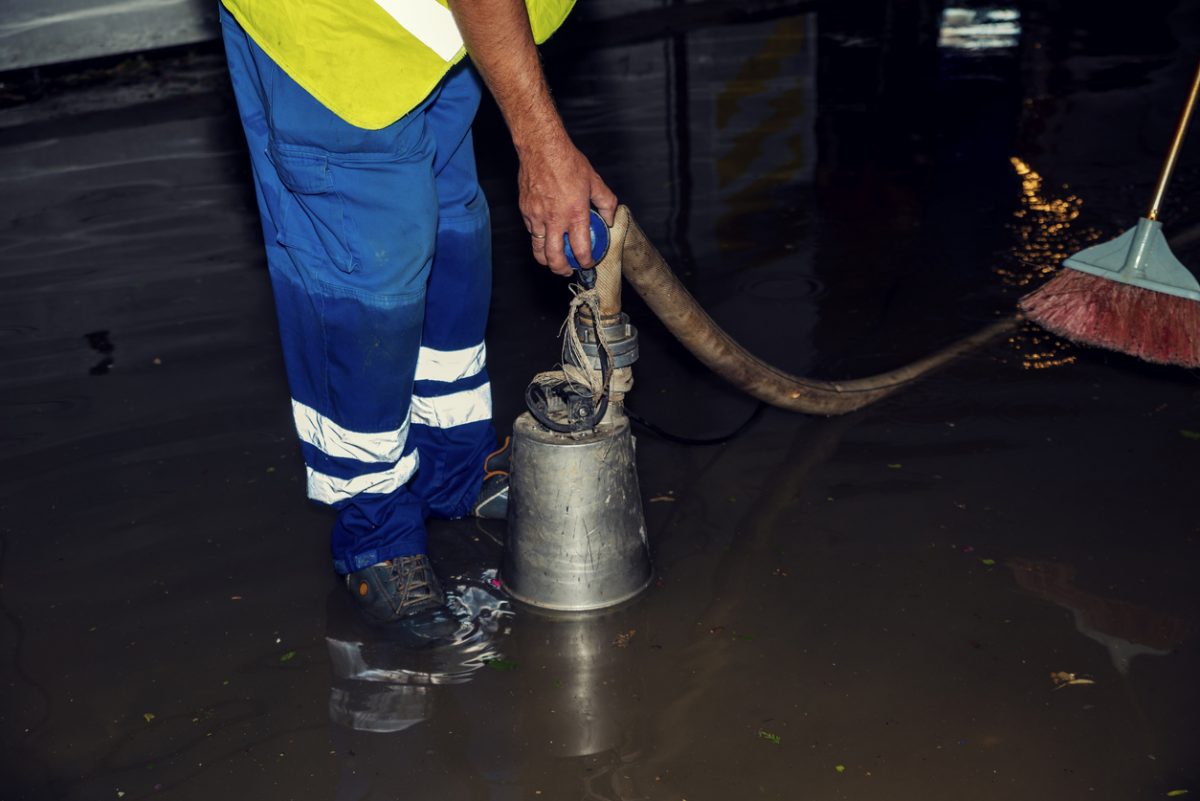

0 thoughts on “How To Do Basement Plumbing”